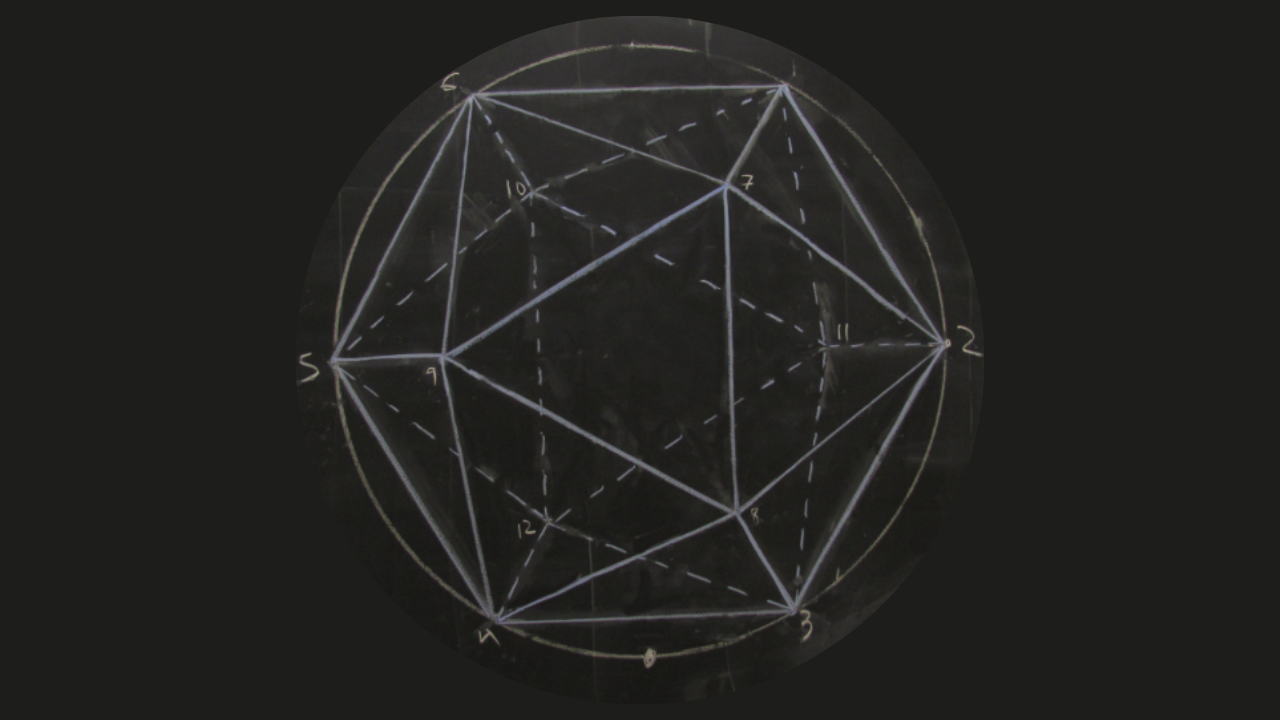Math in Context
Jul 07, 2022
So many students, when they enter middle and high school, express the feeling that they don’t like math, or are not good at it. Why does math become the bane of so many kids, even those who otherwise thrive in school?
One answer to this question is that math too often is taught in a mechanical way, they emphasize skills at all costs, to the exclusion of mathematical thinking. Imagine if you were learning a foreign language, and all you were taught was grammar and syntax, without having any experience of speaking the language, or without knowing where it was spoken, and by whom. Math is often taught in essentially this way. At Seasons of Seven, following from the pedagogical work and curriculum of Jamie York’s “Making Math Meaningful” series, we aspire to guide students to learn to think mathematically, and to understand how mathematics developed, and who “invented” it.
This often starts from a question. “Why are π and √2 called ‘irrational’ numbers?” The answer is not just the fact that they cannot be written as fractions, but has to do with the school of Pythagoras and their firmly held belief in the beauty and even divinity of whole numbers. It is said that the followers of Pythagoras were so scandalized when one of their members determined that √2 could not be written as a fraction that they swore him to keep silent. When he broke that vow, he was cast into the sea!
Such stories provide context that allow students to live into mathematical ideas in a deeper way, and help students who struggle with the mechanics of math access an understanding of mathematical concepts.
That context comes hand in hand with the development of mathematical thinking. Having learned about Platonic Solids in 8th grade, 9th graders are asked to consider those solids from a new perspective, literally! In Descriptive Geometry, students discover how to do accurate drawings from different perspectives. They start with a stick floating in a box (a mental imagination), and develop an understanding of the mathematical qualities of three-dimensional space. They then apply this understanding to drawing a box, a pyramid, and ultimately a dodecahedron, from a series of different perspectives (from above, from the side, from an oblique angle).
History, inquiry and thinking like a mathematician give the students an experience that is deeper, fuller and more satisfying than simply learning rote math skills. In this way, they come to understand and appreciate (and maybe even love) mathematics!
We are Redefining Education!
We invite you to join us every Monday for our Q and A.
We are here to support you in living your family’s best life!
Learn more about our High School HERE.
Stay connected with news and updates!
Join our newsletter to receive the latest news and updates from our team. Plus you will receive additional helpful resources and a gift!
Don't worry, your information will not be shared.
We hate SPAM. We will never sell your information, for any reason.

